SERIES REVIEW – As “The Last of Us” opened a new chapter in the annals of exceptional video game adaptations, so too does the Prime Video series “Fallout” (premiering April 10) raise the bar even higher. It perfectly captures the original games’ visual flair, sound, scope, and spirit, to such an extent that fans of Bethesda Game Studios’ acclaimed role-playing series might feel as though they’re in heaven when they see the meticulously crafted details. Meanwhile, newcomers receive a spectacular introduction to this post-apocalyptic America—a land made equal to the dust by nuclear war—introducing its colorful array of inhabitants—both human and… “less than human”—through a multi-threaded narrative that echoes the style of “The Good, the Bad, and the Ugly” in its survival, post-apocalyptic, tribal, and identity-seeking storylines. Executive producers Jonathan Nolan and Lisa Joy (also creators of “Westworld”) oversee the production, crafting a genuine sci-fi and neo-western adventure that is both innovatively refreshing and “radiantly” new.
From the sight of Nuka-Colas, through the use of Abraxo cleaners, to bristle brushes in the Super Duper Mart, from firing stimpacks to battling radroaches, and scanning with Pip-Boys (large wrist-mounted tech gadgets offering a variety of useful functions), the series is almost a perfect replica of the game. Veteran gamers, who have spent hours exploring and conquering the Wasteland, will mostly revel in the first few episodes at how every design decision, sound effect, and the tunes of blues, jazz, and country (including the iconic “I Don’t Want to Set the World on Fire” by The Ink Spots) have been faithfully translated into the series by showrunners Geneva Robertson-Dworet and Graham Wagner. Their ability to recreate the games almost pixel-for-pixel, capturing the atmosphere so impeccably, is nothing short of stunning, especially considering Bethesda’s series is known for massive settings that range from arid deserts and dark forests to rubble-strewn cities, offering interactive environments where anything from formidable weapons and tactical gear to spoons, cups, maps, mechanical parts, and children’s toys can be found.
A New World Begins in the Shadow of Nuclear War
The story of “Fallout” begins in a retro-futuristic 1950s, where citizens possess marvelous devices (like the floating octopus-style domestic robots, known as Mr. Handys) but live under the threat of a nuclear disaster. In a hillside home in Los Angeles, Western actor Cooper Howard (Walton Goggins) finds himself reluctantly performing horseback rope tricks at another kid’s birthday party, in the company of his own daughter. It’s a clear step down for the former movie star, but that’s nothing compared to when Cooper’s life changes irrevocably as bombs finally drop on Los Angeles—subsequent explosions peppering the sky with mushroom clouds, justifying the opening title’s “The End.”
219 years later, the narrative of “Fallout” continues with three different protagonists in varying locations. Lucy (Ella Purnell from “Survivor’s Remorse”) is one of the blue jumpsuit-clad residents of Vault 33, a series of bunkers where a lucky few found refuge before the surface became uninhabitable. The mysterious and infamous Vault-Tec corporation built Vault 33, a complex network of metallic tunnels and rooms, facilities, and agricultural areas. This bunker is controlled by Lucy’s father, Hank (Kyle MacLachlan), who eagerly anticipates her marrying a resident of the neighboring Vault 32. The wedding day starts smoothly to Lucy’s delight,however, after the marriage is “consummated” (quite bluntly, in every sense of the word…), Lucy and her companions quickly discover that the guests from Vault 32, led by Moldaver (Sarita Choudhury), are not who they appeared to be. Chaos erupts, leading to Hank’s disappearance. Since their mother died years earlier, Lucy and her brother, Normot (Moises Arias), are left completely orphaned, motivating the heroine to break the Vault’s rules. Portrayed with “okey-dokey” naivety and determination by Purnell, Lucy leaves her subterranean home to find her missing father in a world that is entirely contrary to what she expected and was prepared for.
Elsewhere in the Wasteland, Maximus (Aaron Moten) is a new recruit of the Brotherhood of Steel, a sectarian, militaristic group dedicated to scavenging pre-apocalyptic artifacts and exterminating the country’s monsters and criminals. During these missions, they don enormous metal armors that provide unmatched protection for their wearers. The showrunners Robertson-Dworet and Wagner, along with Nolan, who directed the first three episodes, flawlessly depict how these armors make the soldiers invincible. Maximus is deeply committed to the ideals of the Brotherhood of Steel, yet he doesn’t always appear to be a clear-cut character: occasionally, it seems he achieves his own goals through “scheming.” An unexpected twist—perhaps orchestrated by him—leads to a joint mission alongside an armored “lord.” Later, a fateful encounter with a wild bear, known in this world as a yao guai, proves pivotal for him, and in this new scenario, Thaddeus (Johnny Pemberton) becomes his quirky, humor-filled sidekick.
This Gunslinger Can Only Nose Into Things Metaphorically…
The third central character of “Fallout” is the most charismatic, the radiation-mutated Cooper, now universally known as “the Ghoul.” Even without a nose and hair, he emerges as a formidable gunslinger, with ruthless moral conviction reinforced by Walton Goggins’ steely gaze and deep, sorrowful rage. These traits also glimmer in flashbacks to Hollywood life in the 1950s. As Lucy and Maximus are metaphorically reborn in the narrative, for the Ghoul, it is a literal resurrection from the grave. As our heroes converge on a common goal to find scientist Wilzig, who has absconded from the U.S. government’s Enclave with a mysterious and valuable substance, mysteries unfold along their journey. They encounter bizarre creatures and traverse post-apocalyptic settlements, including a place called “Filly,” and engage in hair-raising confrontations that reflect the distinctive style of the “Fallout” video games: super-slow-motion shots and dramatic bursts where bodies, limbs, and heads explode in bloody splendor.
The tart, cynical humor and the grotesque, brutal post-apocalyptic horror walk hand-in-hand in the world of “Fallout,” while the hope for the future and nostalgia for the past starkly contrast with the present’s bleakness. This is evident in the pristine, 1950s-inspired visual world of Vault 33 and its shiny Vault Boy logos, as opposed to the choking urban ruins and miserable, “Mad Max”-like villages of the Wasteland.
Emotional Storms and Moral Dilemmas in the Shadow of Devastation
The narrative thrives on the contrast between Lucy’s innocence and the Ghoul’s bitterness, enriched by Maximus’s internal conflict between idealism and selfishness, along with the hidden motives of the supporting characters. The series also builds on moral questions, societal and familial debates, and the clash of advanced weaponry, which alternately generates throat-tightening excitement and thoughtful conflicts. Moreover, the sprawling yet coherent story is both well-thought-out and filled with detours that evoke the engagingly entertaining side missions of the games. As the Ghoul cynically notes, the golden rule of the Wasteland, which is impossible to avoid: “Every damn time, you have to detour for the nonsense.”
Like the original games from which it was adapted, “Fallout” is a masterpiece of sci-fi world-building, alternatingly showcasing the glorious and horrific faces of the United States, held together only by unyielding—and often hilariously foolish—American optimism, and ruthless brutality. It’s simultaneously easy to understand and complex, familiar yet unique, masterfully blending the games’ characteristic grotesque, brutal cruelty with romance, intrigue, and science fiction. The amalgamation of people, weird, funny machines, and mutants creates a stunning and horrific vision of the apocalypse in this familiar post-apocalyptic world known to gamers.
-Gergely Herpai (BadSector)-
Fallout
Direction - 9.6
Actors - 9.7
Story - 9.8
Visuals/Music/Sounds/Action - 10
Ambience - 10
9.8
MASTERPIECE
"Fallout" is a "radiantly good" thrilling time travel between the past and the future, where the combination of retro-futuristic design and modern sci-fi elements provides a truly unique experience. Walton Goggins' compelling portrayal as the Ghoul and the spectacular action scenes continuously captivate the viewer, while the twisty plot ensures that it's nearly impossible to take your eyes off the screen. "Fallout" is more than a "bombastic" series: it is a true work of art, also standing out as a premier example of video game adaptations."

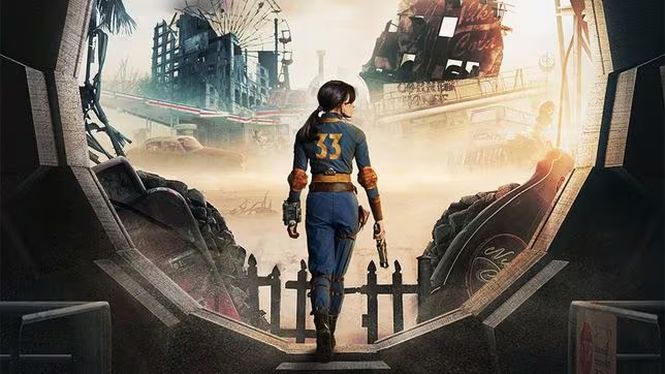

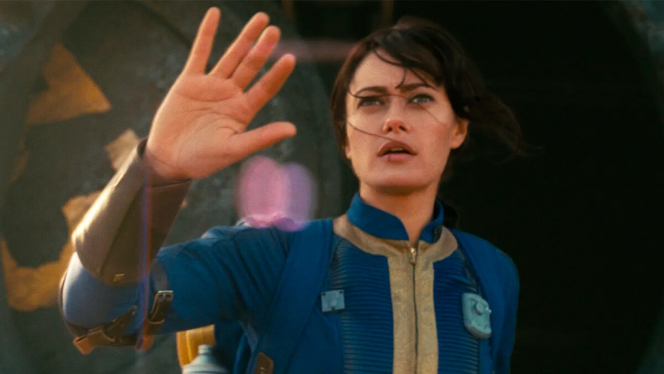
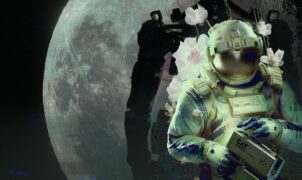
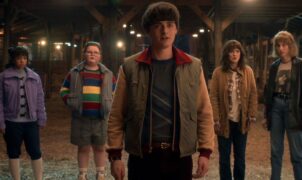
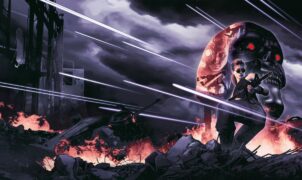
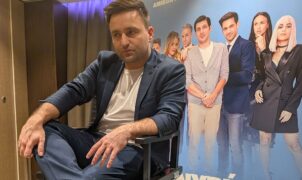
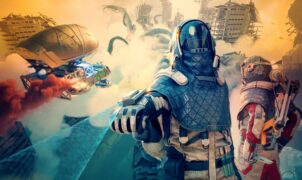
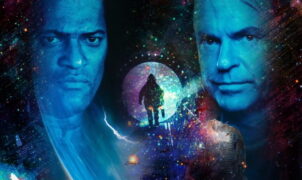
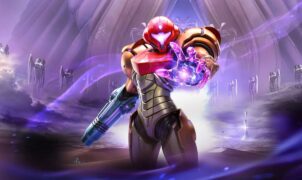
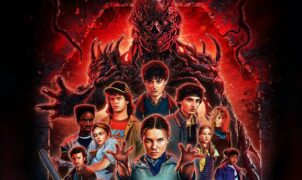

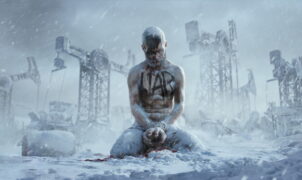
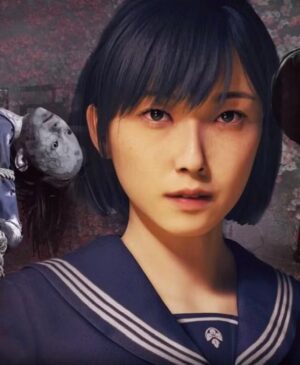
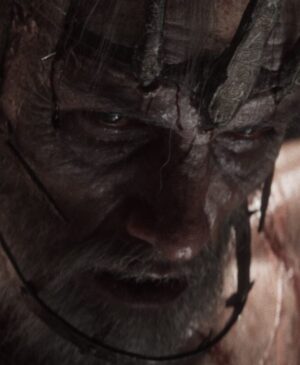
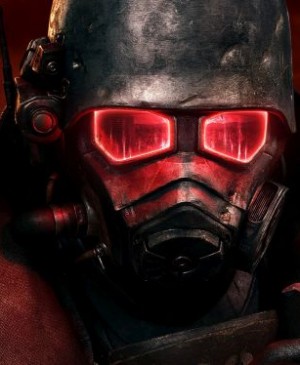
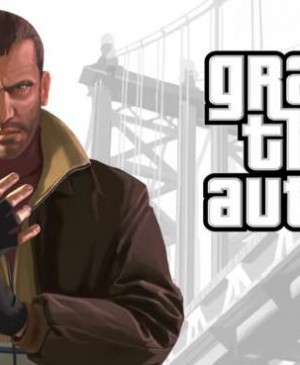
Leave a Reply